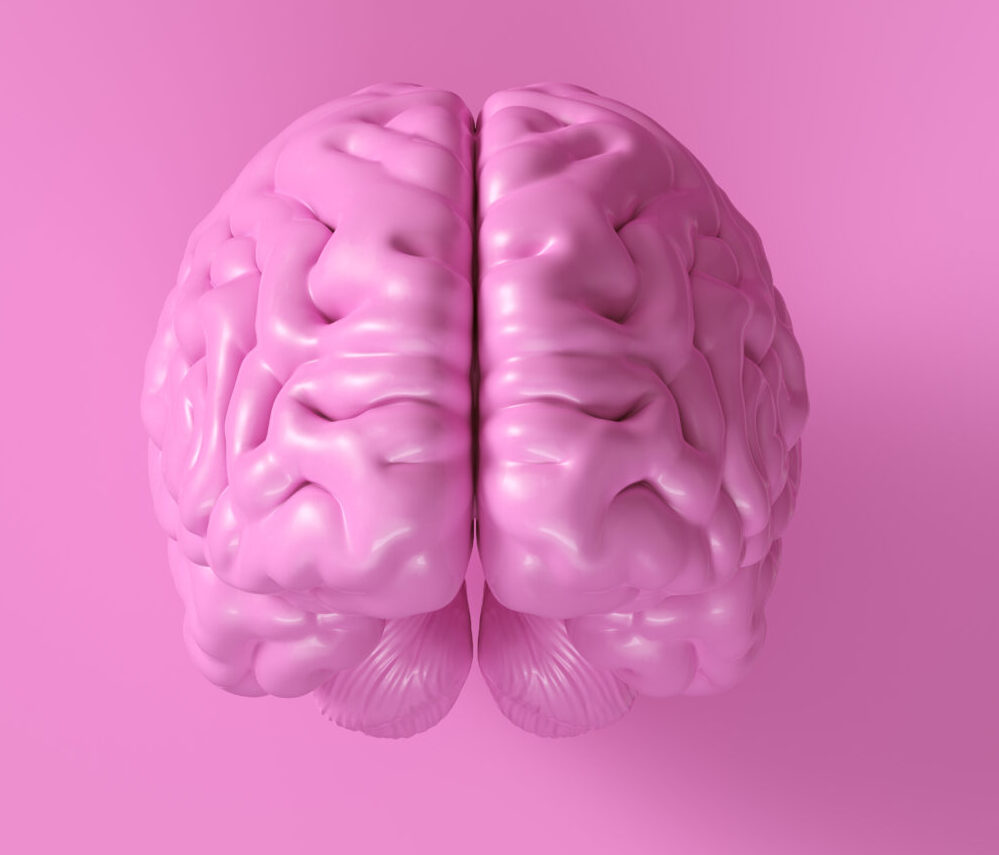Exploring intergenerational programs that benefit Alzheimer’s communities
**Exploring Intergenerational Programs for Alzheimer’s Communities**
Alzheimer’s disease affects millions of people worldwide, and it’s not just the individuals with the disease who are impacted. Caregivers, family members, and the community at large also feel the effects. Intergenerational programs, which bring together people of different ages, can play a significant role in supporting those affected by Alzheimer’s. These programs not only provide emotional support but also foster a sense of community and understanding.
### The Benefits of Intergenerational Programs
Intergenerational programs are designed to bridge the gap between different age groups. For Alzheimer’s communities, these programs offer several benefits:
1. **Social Engagement**: Many people with Alzheimer’s experience social isolation, which can exacerbate symptoms. Intergenerational programs provide opportunities for social interaction, reducing feelings of loneliness and isolation.
2. **Skill-Sharing**: These programs allow individuals of different ages to share their skills and experiences. For example, older adults can teach younger participants traditional crafts or cooking techniques, while younger participants can share modern skills like technology or digital art.
3. **Mutual Understanding**: By interacting with people of different ages, individuals with Alzheimer’s and their caregivers can gain a deeper understanding of each other’s perspectives. This mutual understanding can lead to stronger, more supportive relationships.
4. **Emotional Support**: Engaging in creative activities like art therapy or music classes can be incredibly therapeutic for those with Alzheimer’s. These activities provide an outlet for emotional expression and can help manage stress and anxiety.
### Successful Program Examples
Several innovative intergenerational programs have demonstrated success in supporting Alzheimer’s communities:
1. **Weaving Hearts Initiative**: This program pairs older adults with youth through interactive cooking and music classes. It not only nurtures social ties but also enriches the participants’ experiences by fostering mutual understanding and respect.
2. **Boston’s Senior Civic Academy**: This program empowers seniors to engage in local governance, fostering community involvement by helping them understand key civic issues. It promotes active participation and civic engagement among older adults.
3. **Art at Your Own PACE**: This art therapy program uses creative expression to stimulate cognitive skills while promoting an understanding of aging-related challenges. It is particularly beneficial for older individuals with dementia, enhancing their emotional connections and reducing feelings of isolation.
4. **Community Meal Events**: Initiatives like the “Helping Neighbors Initiative” and “Living Connected Initiative” focus on community meals to enhance social ties among older adults. Events like “No Senior Eats Alone Day” encourage communal dining, reducing loneliness and fostering a sense of belonging.
### Hybrid Programming for Remote Participation
In some areas, hybrid programming is being used to reach a wider audience, especially those who cannot physically attend due to behavioral issues, incontinence, mobility limitations, or other reasons. The Hybrid Programming grant in Massachusetts uses teleconferencing devices to facilitate synchronous social day programs, bringing together participants from different towns. This approach ensures that everyone can participate, regardless of their location.
### Conclusion
Intergenerational programs are a powerful tool in supporting Alzheimer’s communities. By fostering social engagement, skill-sharing, mutual understanding, and emotional support, these programs can significantly improve the quality of life for those affected by Alzheimer’s. Whether through art therapy, community meals, or hybrid programming, these initiatives demonstrate the importance of intergenerational connections in combating the challenges of Alzheimer’s disease.





